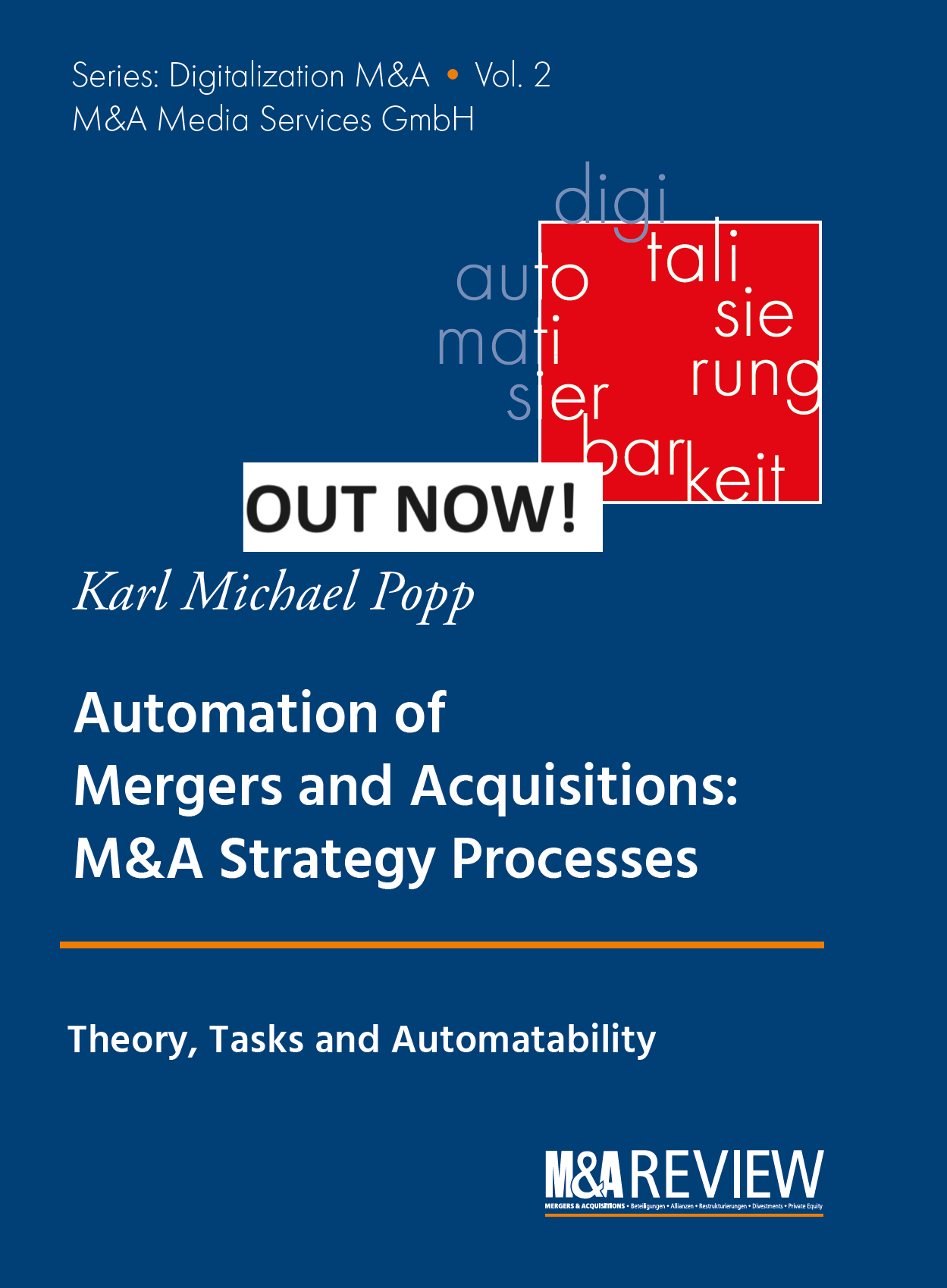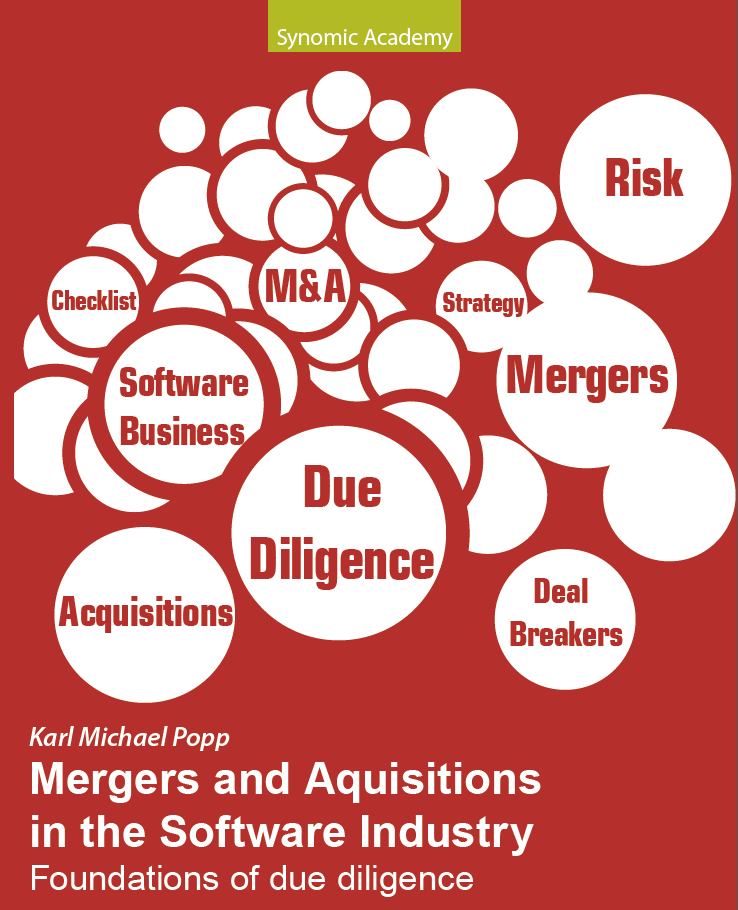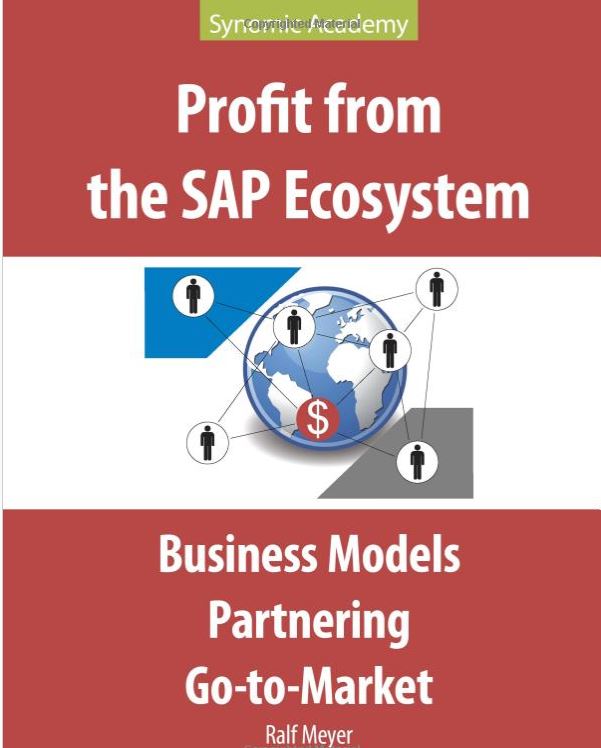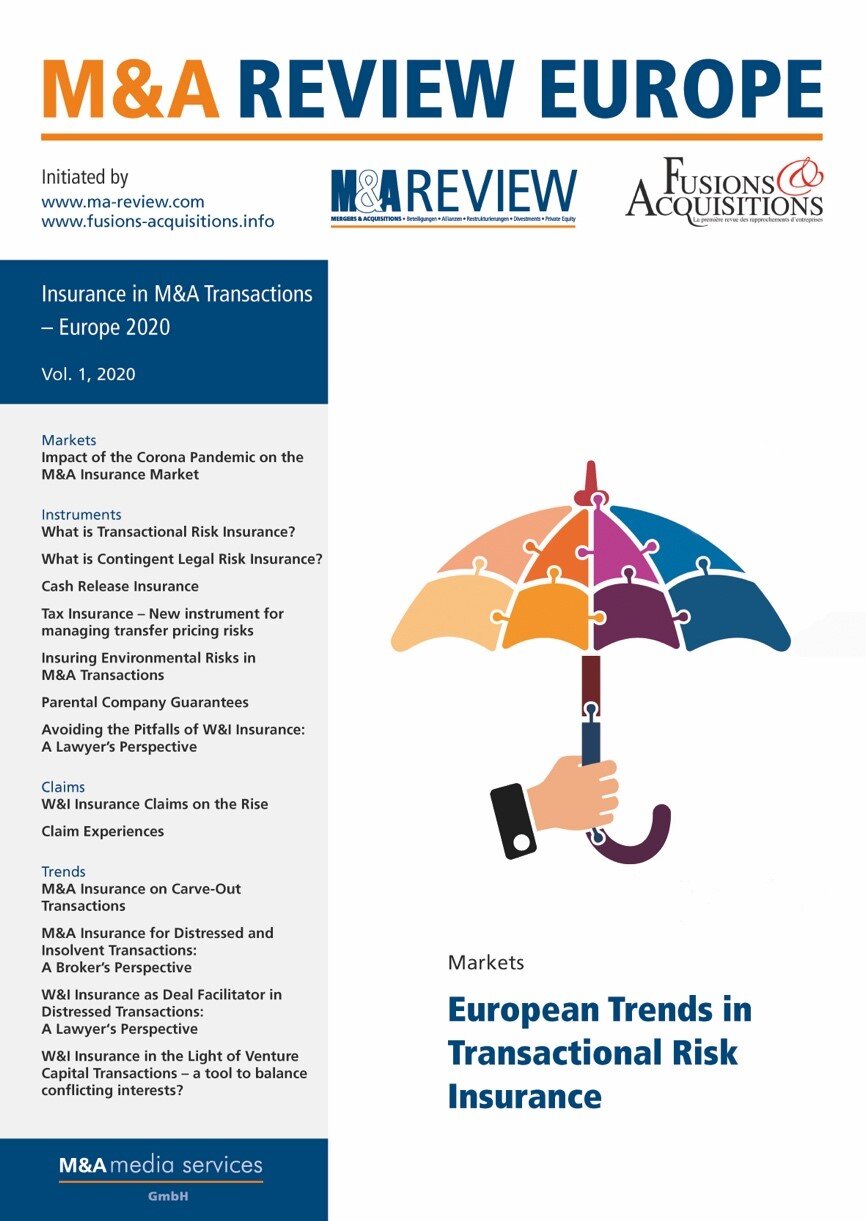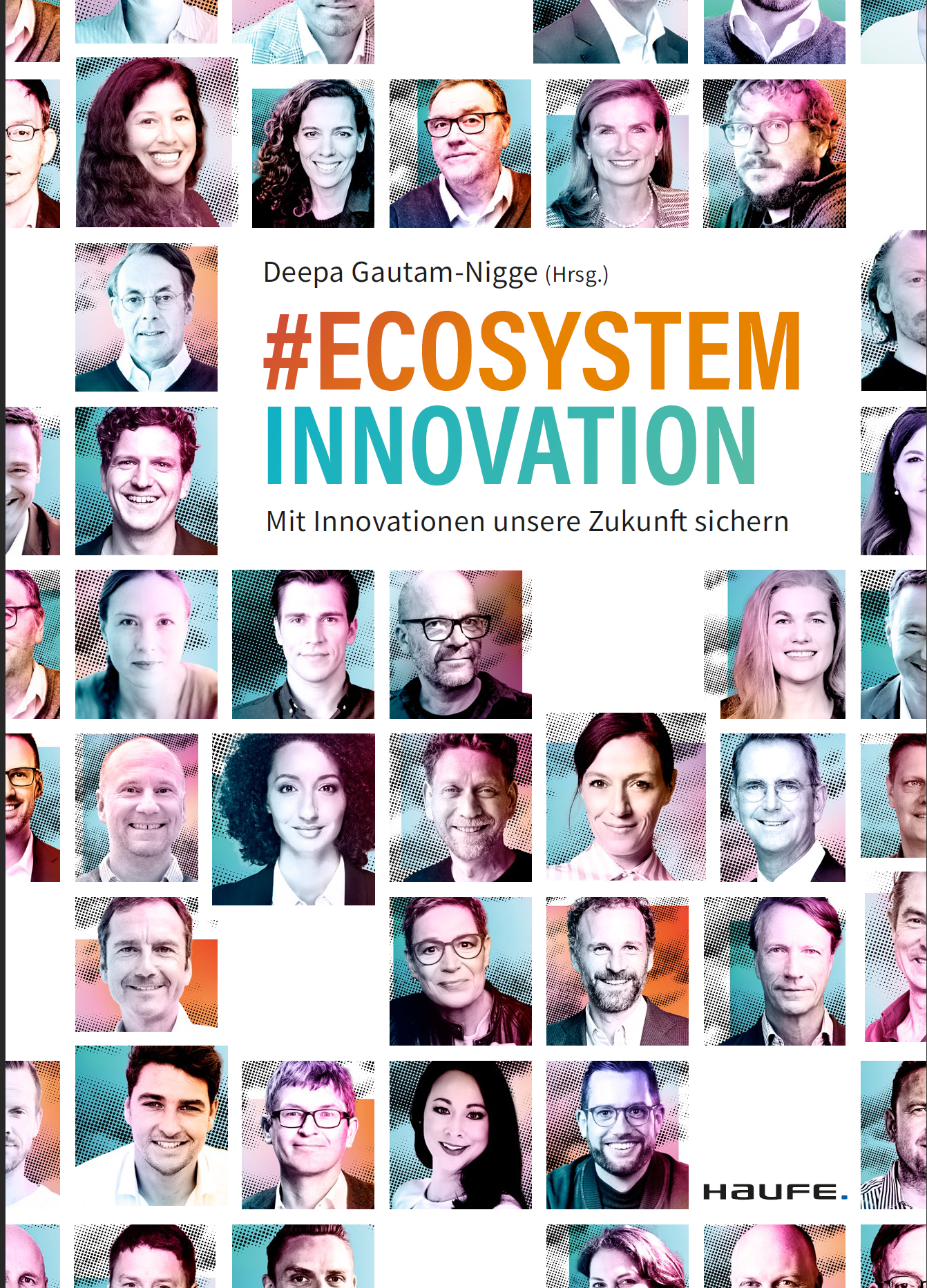M&A thought leadership: Integration of new business models: dimensions of similarity
No matter if you integrate a target running a business model that is new to your company or if you want to disrupt your business model or if you ask intrapreneurs to come up with new business models; you will face one big issue: how to integrate the business model that is new to your company. So, “new” means that the acquirer is not capable of running the processes that support such business model (yet).
Business models and operations models
I would like to separate two dimensions here: business models and operations models. A business model tells which goods or services are provided by a company and how the company is compensated for the goods and services. It is a model on a type level, like a company running field service management solutions in the cloud for a monthly license fee. It already describes on a general level what a company is doing. On this level of granularity, companies can easily be similar.
A business model can be implemented in an operations model. The operations model shows how the business is run and how the resources of the business run the corresponding business processes in the company. This model is very concrete, detailed and more complex and involves resources running and used in the business processes like employees or application systems. On this level of granularity, it is harder to tell if two operations models are similar.
In the following, I would like to share insights from integration acquired software companies about the impact of the similarity on merger integrations.
Similarity of business models
The more similar business models are, the better the operations of these business models can be integrated. The operations might be similar; sales and accounting processes might only need small changes to be adapted. But there might be issues with overlaps in organizations.
For software companies, this means easier integration in development and support but also in administrative functions. So you should look for similarities and differences by listing/modeling the business models of target and acquirer already in due diligence.
In contrast, if business models are very different, this might pose a challenge for integration. You would have to decide if you want to continue the different business models and if so, changes needed to continue both business models have to be executed in merger integration. For merger integrations targeting absorption, this might mean that the acquiring organization would have to adapt to a diverging business model of the target.
Similarity of business models enables higher speed of integration: The more similar business models are, the better the operations of these business models can be integrated. This enables higher speed. The reverse is also true. If business models are significantly different, this might impose slower speed of integration.
Similarity of operations models
Operations models are implementing business models. How a business operates is a key thing to understand for integrating a business. The closer two operational models are, the easier it is to integrate both businesses with each other. You may use operations maturity models to determine the current and desired state of target and acquirer operations.
An example for similar operations models is having the same objectives for procurement at the acquirer and the target. If both companies look for maximum quality of supplies in procurement it might be a lot easier to integrate procurement processes, to align demands, to analyze and plan cost synergies.
Similarity of operations models enable higher speed of integration. How a business operates is a key thing to understand and to integrate a business. The closer the operational models of acquirer and target are, the higher the speed of integration can be. There also i a higher likelihood of economies of scale effects and cost synergies in such cases.
For more insights, please refer to the book "Mergers and Acquisitions in the software industry: Foundations of due diligence"


